According to the Department of Information and Communications of the central provinces, the telecommunications and information networks ensure smooth operation before and after storm No. 6 (international name Tra Mi) makes landfall.
Last weekend, storm Tra Mi made landfall in the central provinces, causing widespread heavy rain. In some localities, the impact of rain and floods caused by storm No. 6 also led to flooding in some places. However, communication in all central provinces was still maintained smoothly.
Speaking to VietNamNet, Mr. Pham Thanh Tan, Deputy Director of the Department of Information and Communications of Quang Binh, said that although the storm had just made landfall, the communication system in Quang Binh was not much affected. Currently, only the Le Thuy area in Quang Binh province is flooded above alert level 3, but by the morning of October 28, the water had begun to recede.
BTS stations and fiber optic cables in Quang Binh were not much affected. The communication system did not lose signal and no incidents were recorded. Only some BTS stations were flooded, some areas had power outages, so the operating unit had to switch to using generators.
“ We will continue to monitor the situation, but it is unlikely to have any major impact ,” Mr. Tan shared.
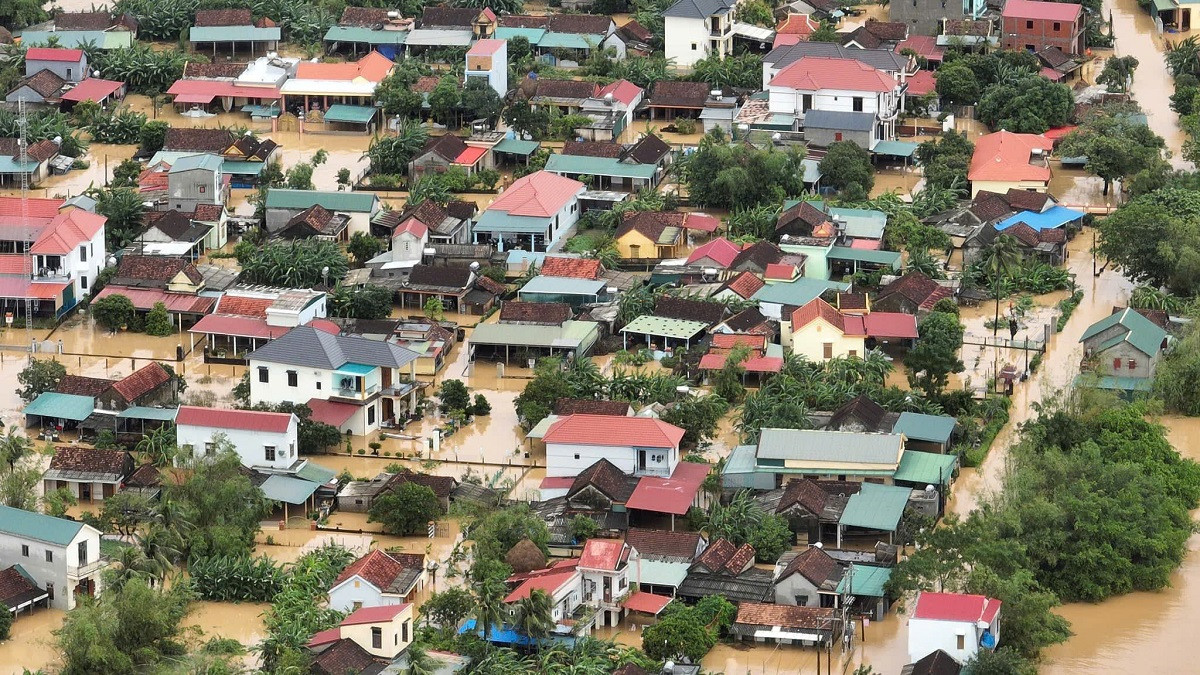
According to Mr. Pham Hong Quang, Director of the Department of Information and Communications of Quang Nam province, the telecommunications network infrastructure in this locality was not affected too much by storm No. 6. Therefore, the communication system still operates normally.
As soon as there was strong wind, network operators in Da Nang proactively responded, reducing equipment to lower the load on BTS stations. All switchboards and stations had backup plans.
“ People in the central region, Da Nang, Hue, and Quang Nam have long been familiar with and experienced in storm prevention. Only when big storms make direct landfall will the communication system be affected ,” said the Director of the Department of Information and Communications of Quang Nam province.
In Da Nang, where storm Tra Mi made landfall, Mr. Le Son Phong, Deputy Director of the Department of Information and Communications, said that fortunately, the telecommunications network infrastructure in Da Nang was not affected during this storm. The storm only knocked down trees, while the communication system is still 100% guaranteed to serve the command and control work.
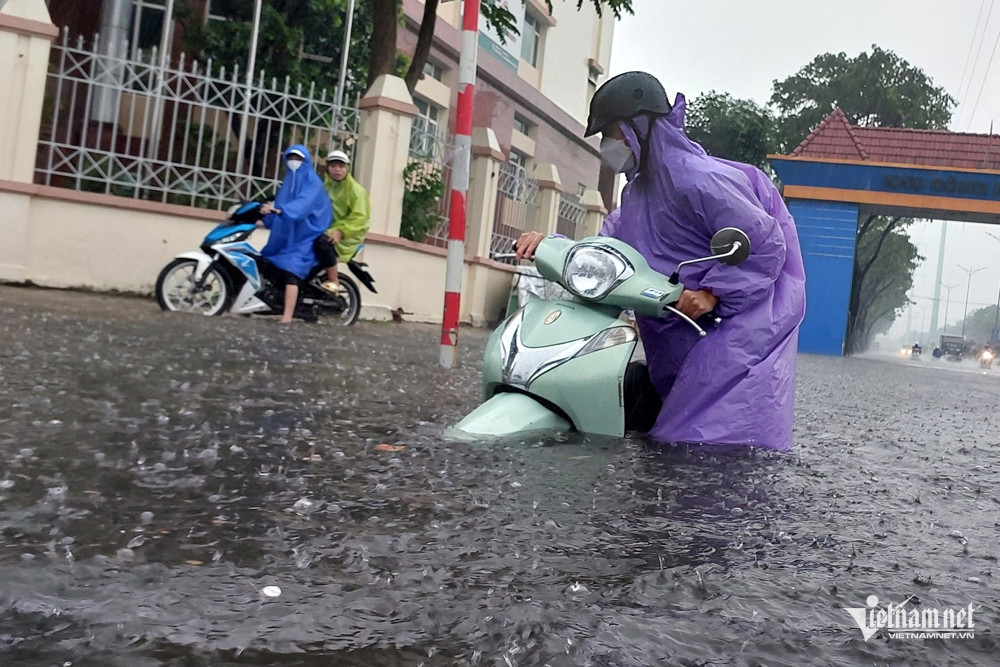
Previously, the Ministry of Information and Communications issued a telegram requesting the Department of Information and Communications of coastal provinces and cities from Quang Ninh to Binh Thuan, units under the Ministry, and postal and telecommunications enterprises to proactively respond to storm Tra Mi.
According to the telegram, to proactively respond, units must deploy and strictly implement the regime of leadership on duty, command on duty for natural disaster prevention, control, search and rescue, and information response on duty 24/7.
The Departments of Information and Communications are the focal points directing postal and telecommunications enterprises in the area to coordinate and synchronously deploy response plans, meeting the communication needs of the leaders of the People's Committee, the Provincial Civil Defense Command and local authorities to direct and operate storm response work.
The Departments of Information and Communications also need to strengthen communications in key areas and areas that may be affected by natural disasters, and inform the Department of Industry and Trade of areas that need to prioritize grid power for BTS stations that can withstand level 4 natural disasters to ensure the maintenance of communications...
The Ministry of Information and Communications also directed telecommunications enterprises to deploy measures to ensure the safety of communication systems to serve the work of directing and responding to storms, and to develop information rescue plans when incidents occur; focusing on reinforcing station houses, high masts, and antenna masts of radio transmitters, receivers, transmission systems, and peripheral networks that may be affected.
After the impacts of storm No. 3 (storm Yagi) on the telecommunications network in the Northern provinces, the Ministry of Information and Communications also considered this as a lesson to strengthen infrastructure preparation and strengthen the telecommunications network for similar natural disasters that may occur in the future.
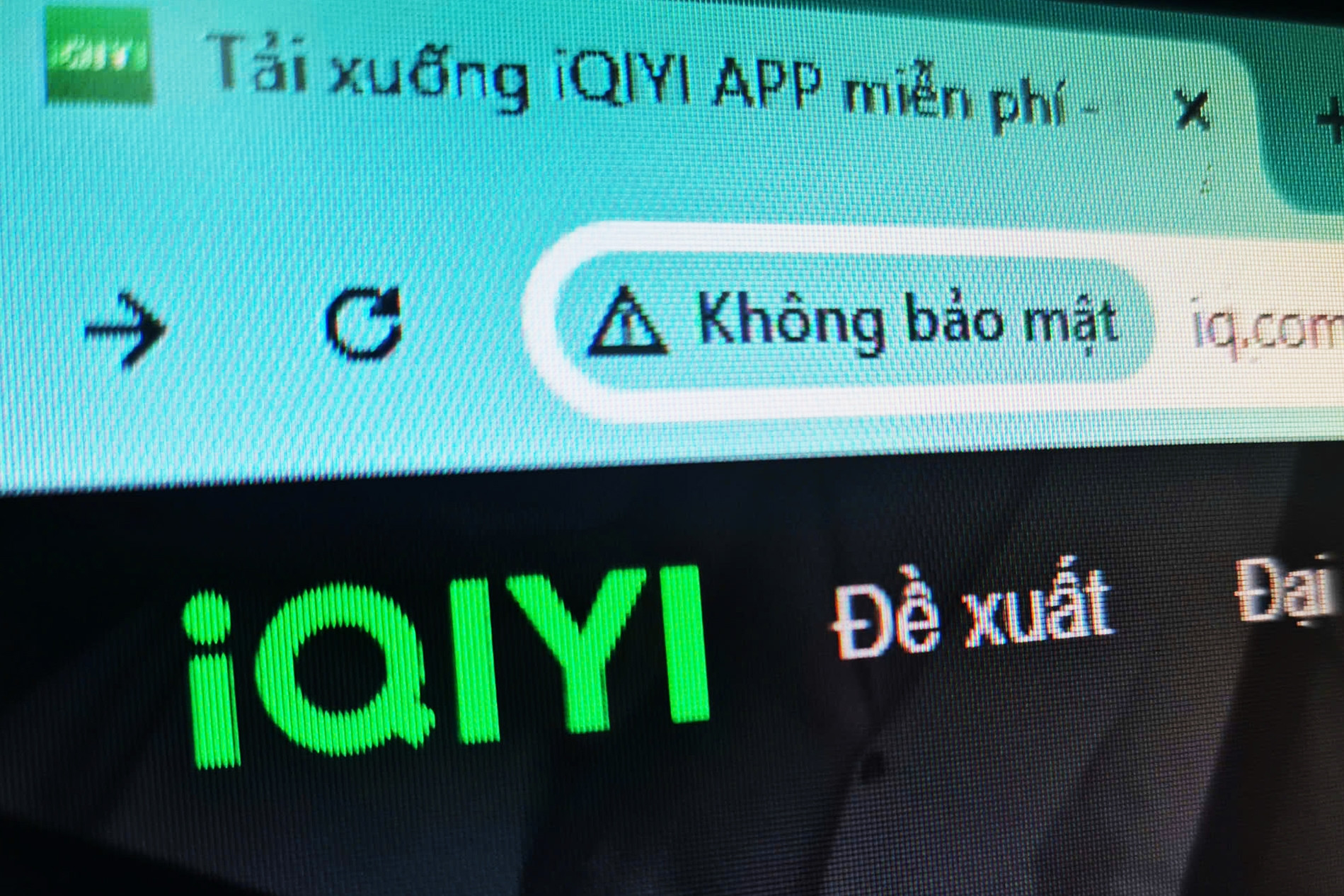
Source: https://vietnamnet.vn/bao-tra-mi-khong-gay-thiet-hai-toi-mang-luoi-vien-thong-2336491.html


![[Photo] Lam Dong: Close-up of illegal lake with broken wall](https://vphoto.vietnam.vn/thumb/1200x675/vietnam/resource/IMAGE/2025/11/03/1762166057849_a5018a8dcbd5478b1ec4-jpg.webp)
![[Photo] Fall Fair 2025 and impressive records](https://vphoto.vietnam.vn/thumb/1200x675/vietnam/resource/IMAGE/2025/11/03/1762180761230_ndo_br_tk-hcmt-15-jpg.webp)
![[Photo] Prime Minister Pham Minh Chinh receives the Chairman of the Japan-Vietnam Friendship Association in the Kansai region](https://vphoto.vietnam.vn/thumb/1200x675/vietnam/resource/IMAGE/2025/11/03/1762176259003_ndo_br_dsc-9224-jpg.webp)

![[Photo] General Secretary To Lam receives Singaporean Ambassador Jaya Ratnam](https://vphoto.vietnam.vn/thumb/1200x675/vietnam/resource/IMAGE/2025/11/03/1762171461424_a1-bnd-5309-9100-jpg.webp)



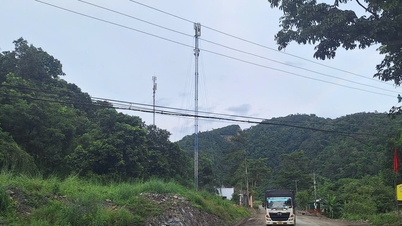



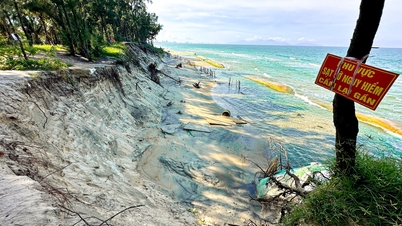






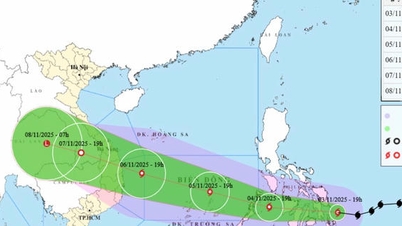

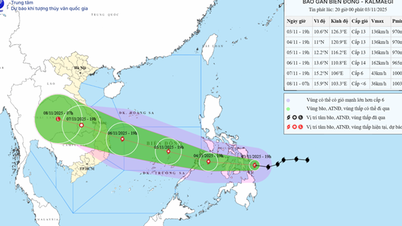

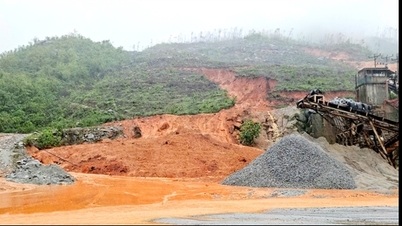








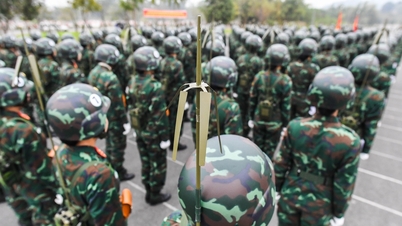
















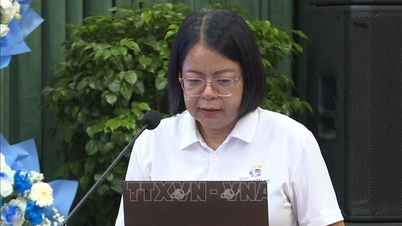
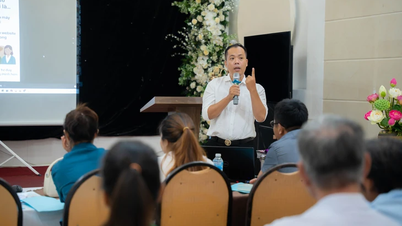









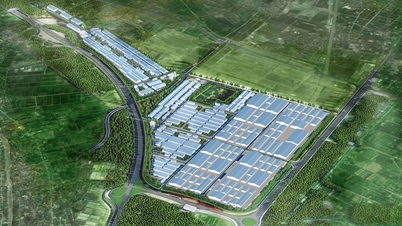

























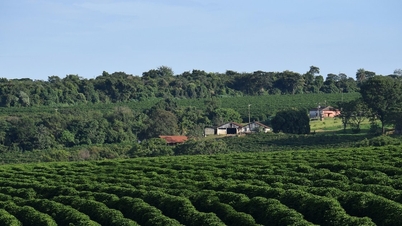
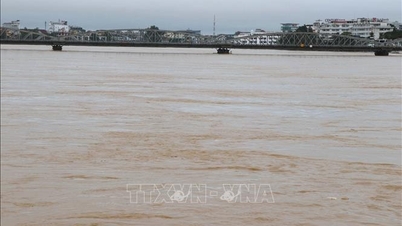



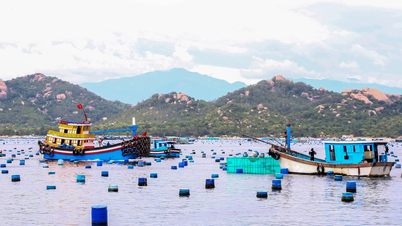


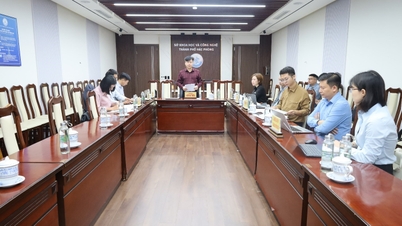














Comment (0)